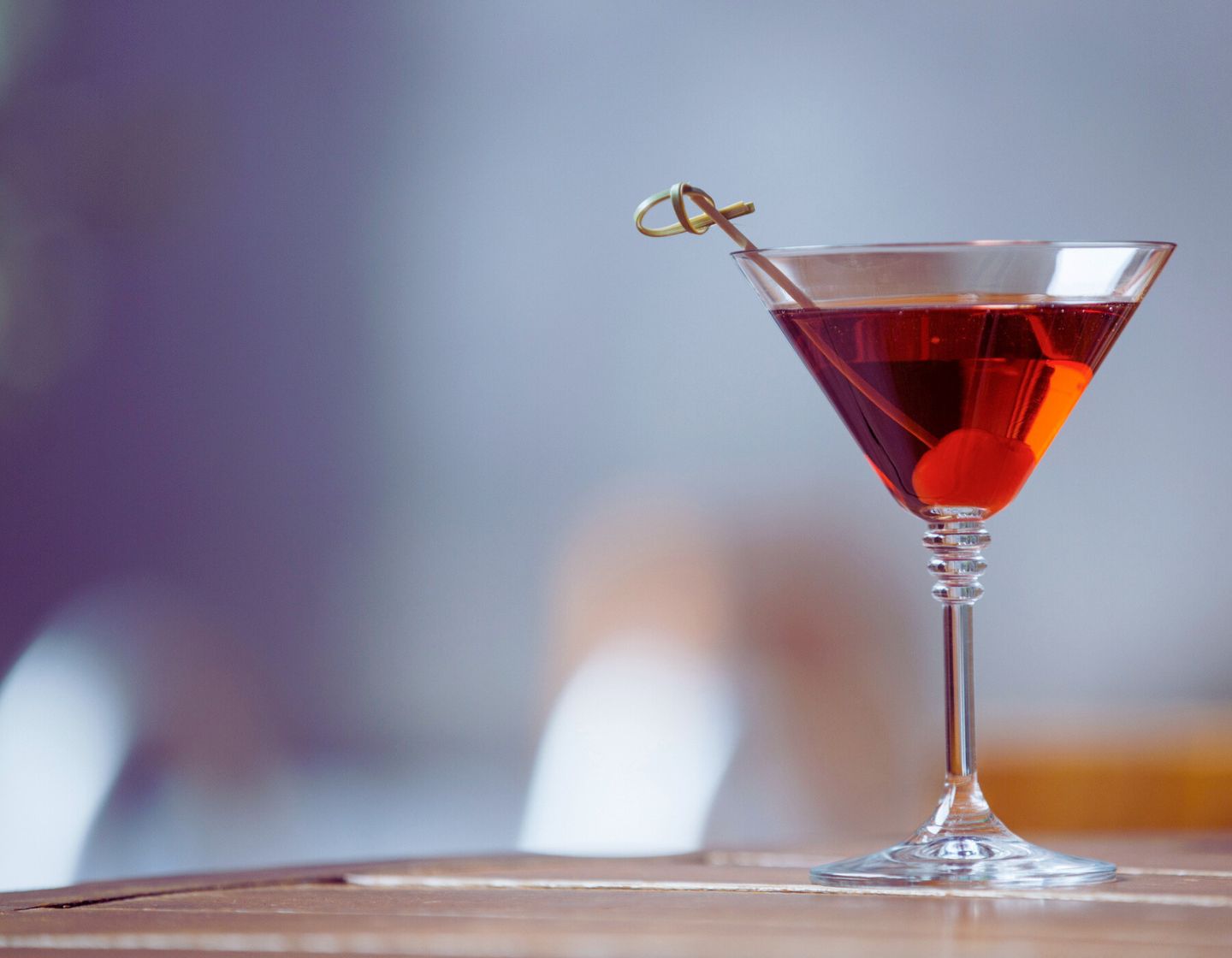
A Guide to Cocktail Clarification
Clarification can transform everything about a cocktail, from appearance to flavour. Learn about this technique, when to use it, and which tools work best.
Estimated reading time: 5 minutes
In the exciting world of cocktails, it's not just about how they taste, but also how they look. The colourful appeal of a Bloody Mary, the cloudy charm of a Pisco Sour, and the clear elegance of a Martini all add to the enjoyment of serving and sipping them.
Bartenders have always been fascinated by clarity and are exploring ways to achieve it, blending traditional clarification techniques with new, innovative methods to enhance and transform the appearance of cocktails.
Let’s explore the world of clarified cocktails and how you can use this technique to create vibrant and exciting cocktails for guests.
WHAT IS COCKTAIL CLARIFICATION?
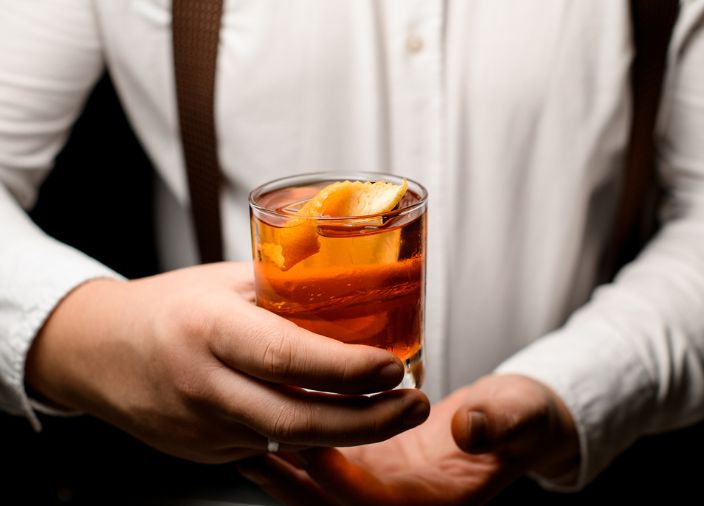
WHAT IS COCKTAIL CLARIFICATION?
Clarifying a cocktail is the process of removing impurities and suspended particles from a liquid, making it clear.
In mixology, this enhances the visual appeal and can also refine the texture by removing any lingering grittiness. Clarification can also improve the taste of a cocktail by removing any unwanted or overpowering elements and allowing the key ingredients to shine.
ESSENTIAL TOOLS FOR COCKTAIL CLARIFICATION
There are a few different clarification tools you can use, depending on the level of clarity the liquid requires.
Fine Strainers: These can remove larger particles from a liquid. Coffee filters are also helpful for finer particles.
Cheesecloth: A versatile tool that captures medium-sized particles.
Superbag or Nut Milk Bag: These fine-mesh bags can filter out even smaller particles.
Centrifuge: A machine that uses high-speed rotation to separate particles from liquids, ideal for achieving a high level of clarity.
TECHNIQUES AND BEST PRACTICES
Clarification can be achieved in many ways; however, some methods can be highly technical and involve hard-to-source ingredients and complex techniques.
Below are some of the most common methods used in bars. If you want to dive a bit deeper into clarification and lots of other modern bar techniques, check out Dave Arnold’s excellent book, Liquid Intelligence.
Gravity Straining: The simplest method is passing the liquid through a series of strainers, each finer than the last, using gravity alone.
Agar Clarification: Agar, a gelatinous substance derived from seaweed, is combined with the cocktail. As it sets, the agar traps impurities which can be easily separated once solidified. Gelatine can also be used; however, agar clarification is generally less time consuming and demanding. It also has the added benefit of being vegan.
Milk Washing: A cocktail is mixed with milk, causing the milk to curdle. As it does, the curds trap impurities. The mix is then strained, producing a clear liquid that retains flavours but loses any colours or haziness. Milk Washing can also remove harshness and add a silky texture to spirits.
Centrifugation: The most technologically advanced method, a centrifuge, spins the cocktail at high speeds, pushing out all suspended particles. This results in a crystal-clear beverage, but that extra clarity doesn’t come cheap, as centrifuges can be very expensive.
COCKTAIL CLARIFICATION TRANSFORMATIONS
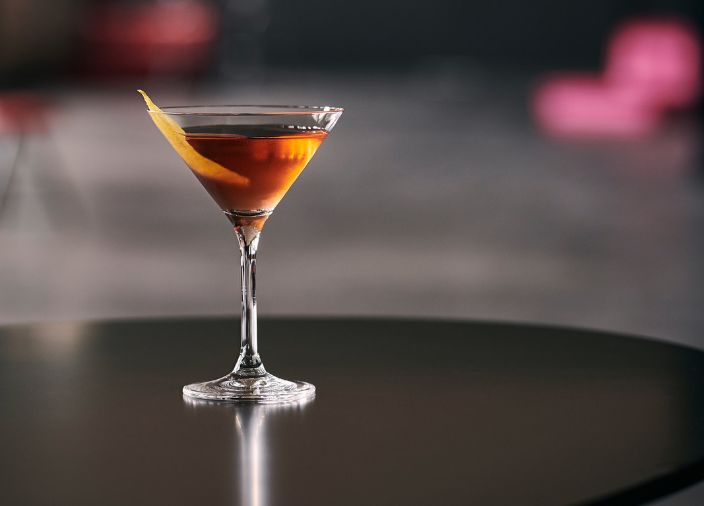
COCKTAIL CLARIFICATION TRANSFORMATIONS
With clarification, cocktails transform appearance, mouthfeel, and possibly even flavour. It is up to you as a bartender to decide if these changes are beneficial to the drink or not:
Clarified Bloody Mary: Retains the spiciness and savoury depth but loses its signature red hue, making for a surprising and delightful twist.
Clear Piña Colada: All the tropical flavours without the creamy appearance, perfect for a summer's day.
Transparent Espresso Martini: Imagine the robustness of coffee in a cocktail. Instead of the typical rich brown of coffee, we have a clear liquid with only a light amber tint.
While rooted in age-old practices, clarity is finding renewed significance in contemporary mixology. As bartenders push boundaries, the clear and the pure become canvases upon which they paint bold flavours and surprising contrasts. It’s a technique that demands patience, precision, and a touch of science. Yet, when done right, the result is more than just a transparent drink—its clarity of flavour combined with a unique presentation that provides a new and exciting experience for our guests.
Milk Washed Scotch & Soda
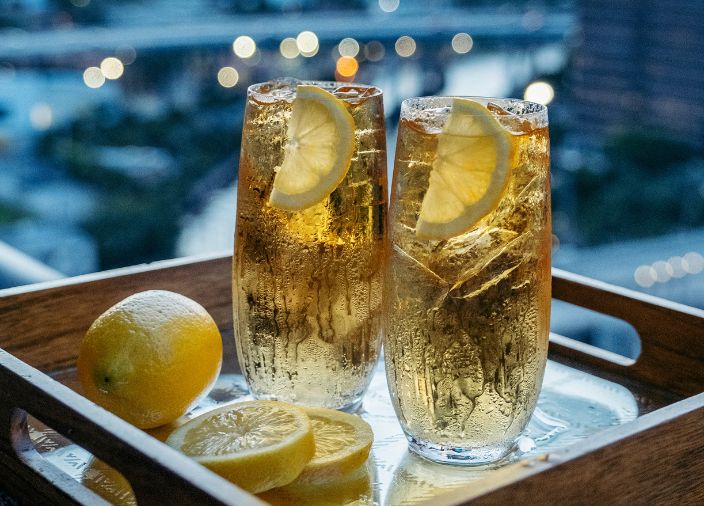
Milk Washed Scotch & Soda
Try building a Scotch & Soda riff that’s big on flavours, mouthfeel and nostalgia.
Stick with the recipe – it’s a bit of work but worth it. The recipe will yield a whole bottle of milk-washed whisky, perfect for batching before service and offering a quick, unique take on the classic Scotch & Soda combo.
Key Takeaways
Clarification enhances the visual appeal and refines the texture and taste of a cocktail, removing any lingering grittiness or overpowering elements.
Fine strainers, cheesecloth, Superbag (or Nut Milk Bag) and Centrifuge are all different tools for clarification.
Techniques then include Gravity Straining, Agar Clarification, Milk Washing and Centrifugation – all with different methods of clarification to suit various preferences including budget or guest dietary needs.
Clarified cocktails can bring a new dimension of taste that can impact the cocktail mouthfeel, texture and flavour.
It is up to the bartender to decide if clarification is beneficial to the drink as it’s a technique that demands patience, precision and a touch of science.
Join our global community on Facebook and Instagram, and let’s interact! Become a member of Diageo Bar Academy for free today and get loads of extras, including exclusive access to our free menus, recipe cards, courses, and more!
Related Content
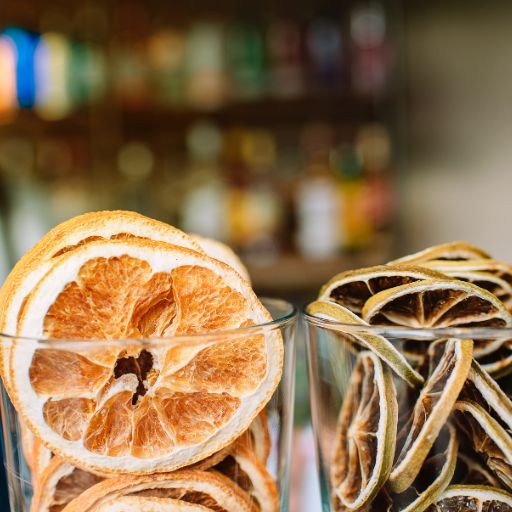
Garnish Dehydration
Garnish can add flavour nuances and aesthetics that capture the drinker's attention. Elevate your garnish further using the art of dehydration.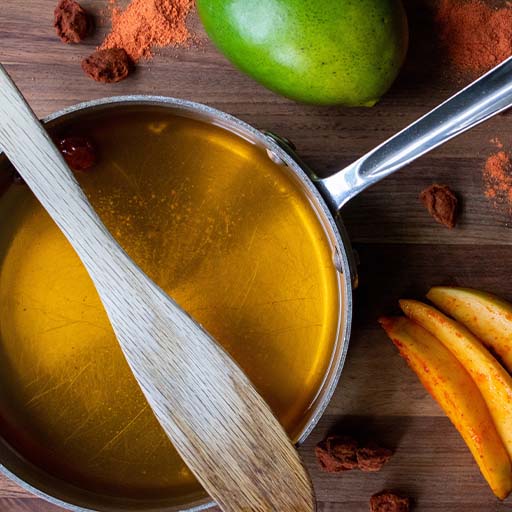
How to Make Syrups and Cordials
Discover how to make your own syrups and cordials using herbs, spices and fruits to infuse depth and flavour into your craft cocktails.
Experimenting With Flavour
Diageo’s team of 12 Whisky Masters work tirelessly to experiment with new blends, collaborating with world-renowned bartenders to craft a delicious spirit fit for all the latest cocktail trends.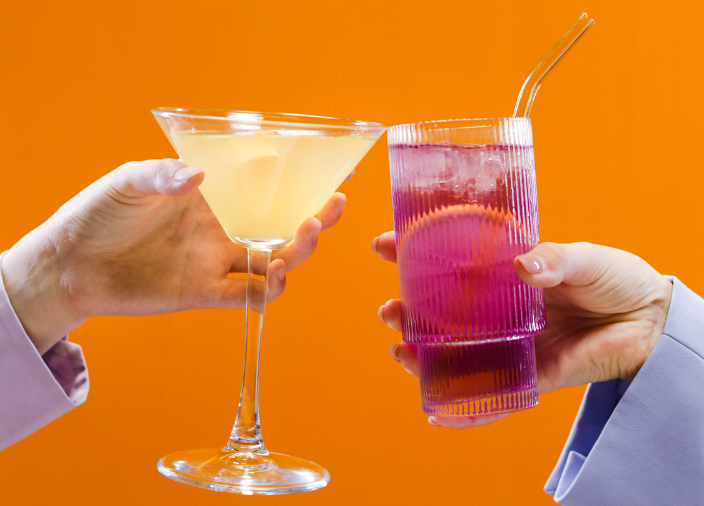
Elevated Cocktails for Special Occasions
Discover Mark Moriarty’s tips on enhancing special occasions with delicious serves.
Elevating the Guest Experience
The right customer experience in your revenue can boost sales and boost customer loyalty. Complete this course to learn how to enhance your guest experience.
